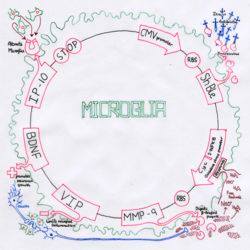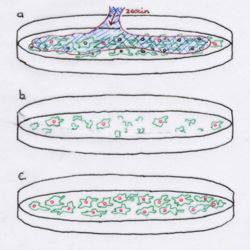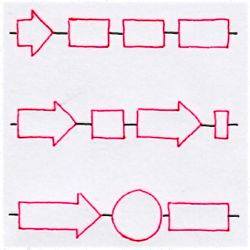Team:UCL/Project
From 2013.igem.org
| Line 219: | Line 219: | ||
<p class="abstract_title">Parts</p> | <p class="abstract_title">Parts</p> | ||
<p class="abstract_text"> | <p class="abstract_text"> | ||
| - | We submitted | + | We submitted two parts to the registry; a new eukaryotic and prokaryotic selectable marker, and the protease, MMP-9. |
| Line 267: | Line 267: | ||
<p class="abstract_title">Experiments</p> | <p class="abstract_title">Experiments</p> | ||
<p class="abstract_text"> | <p class="abstract_text"> | ||
| - | + | Here we explain the wet-lab experiments that built our project. | |
| - | + | </p> | |
</a> | </a> | ||
</div> | </div> | ||
| Line 290: | Line 290: | ||
<p class="abstract_title">Lab Protocols</p> | <p class="abstract_title">Lab Protocols</p> | ||
<p class="abstract_text"> | <p class="abstract_text"> | ||
| - | + | You cannot plan an experiment without the procedure. Here we have stored our protocols. | |
</p> | </p> | ||
</a> | </a> | ||
Revision as of 13:34, 30 September 2013
IGEM: INTELLIGENTLY GENETICALLY ENGINEERED MICROGLIA
Synthetic Biology Fights Alzheimer's Disease
This year, the UCL iGEM team is taking a radical new step with synthetic biology. We intend to explore the potential application genetic engineering techniques on the brain, because it is the site of some of the most subtle, and many of the most devastating medical conditions. Alzheimer’s Disease is a neurodegenerative disease characterised by the loss of recent memory and intellectual functions. We have devised a genetic circuit for transfection into microglia, a novel chassis in which standard assembly has never been used, to boost their ability to break down senile plaques, which are associated with Alzheimer’s disease, as well as to support and protect endangered neurons from microglia-mediated neuroinflammation.
Click the abstracts below to read more.
 "
"










